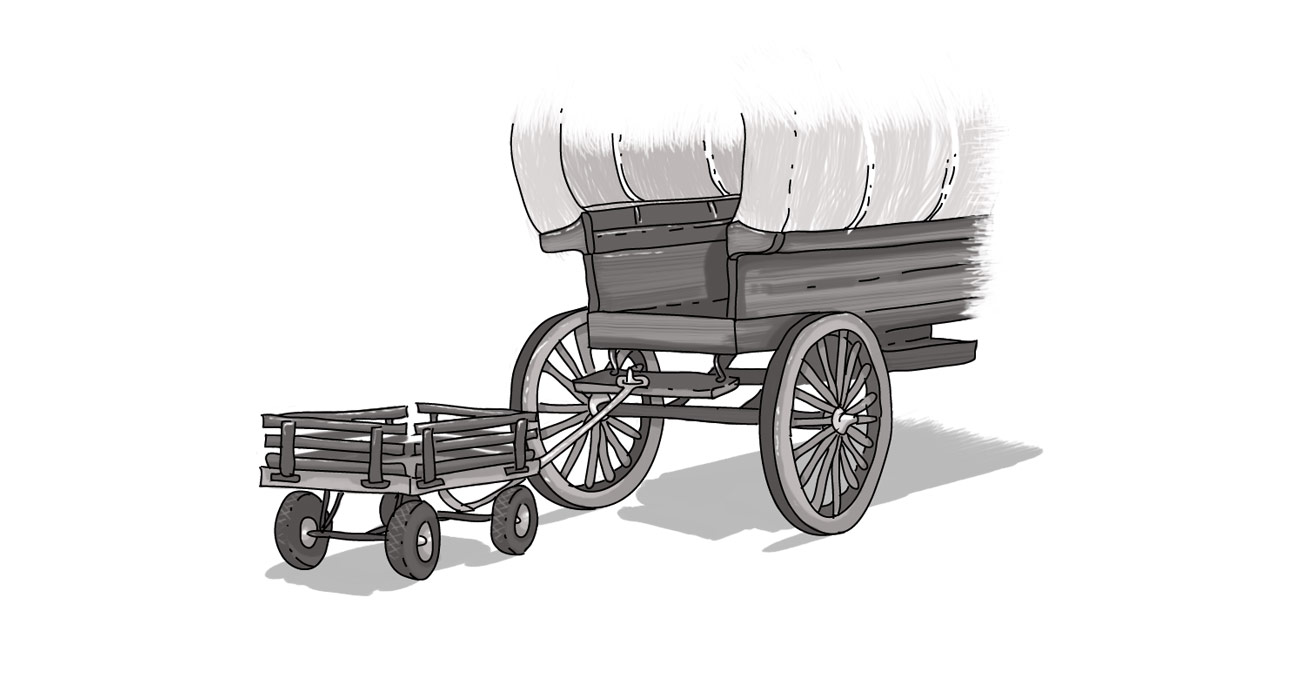If You’re Going to Hitch the Corporate Bandwagon, Make Sure It Goes to the Right Place

If you’re a brand that’s going to jump on a bandwagon, make sure it’s going to take your customers where they expect to go.
I subscribe to a national grocery chain’s loyalty program and receive weekly updates by email. My latest one started with the subject line “Your new offers are a real slam dunk.” And then the intro paragraph implored me to “load [my] new offers and get ready for Raptors’ game 4.”
As you may know, the Toronto Raptors are currently in the NBA Finals and the bandwagon continues to grow with every passing game. Cities all across Canada started hosting outdoor viewing parties in their own Jurassic Parks -- and our hometown of London, ON got on board with Game 2.
As someone who’s been a basketball fan since before the Raptors hatched, I love it. If more and more people catch on to what makes this sport so dynamic and learn to appreciate the strategy and physical talent, more power to them. As a fan who has watched many a game with relatively few people to share the experience, this growing community is awesome.
Of course, the same growing community is appealing to marketers -- like the aforementioned grocery company. And if you can tether your brand to a popular team or cause, then you can reap residual benefits in the form of consumer goodwill.
That is, however, only if that bandwagon you’ve chosen to drive takes your customers where they expect to go.
Unfortunately, that wasn’t the case with my Raptors-infused Game 4-prep offers. Sure, there were staples like beef and vegetables. There was an offer on CoverGirl or Rimmel products (I’m not sure what they’re expecting me to do for Game 4, but I guess face “paint” is an option…) Let’s see… herbal teas, granola bars, rice…
Nothing that was particularly unique or basketball-specific.
In fact… one would think that they just took my normal weekly email offer and hamfistedly slapped on a Raptors-related tag line that had no relevance to the product.
Needless to say, I was not impressed.
Listen, I get the ad game. I’ve had my retinas burned out by that bright orange bank colour filling my screen every game. But at least they’ve earned the right to do irreparable damage to my eyes because they’ve been a sponsor all year. I mean, I’m not changing my bank, but still, I appreciate the effort.
But the bandwagon advertising campaign is much riskier. The buzzword for advertising, both online and off, is authenticity. And, for the majority of people, it doesn’t matter if that authenticity is genuine or manufactured. It just has to feel authentic.
And if it’s not? Then you’ve got a problem. Brand relationships are built on trust and part of that trust equation is your belief in the authenticity of the brand. Once that trust is lost, it becomes incredibly difficult to earn it back. Just look at another Canadian “iconic” brand, Tim Hortons, which has struggled to regain footing as a trusted brand due to an employee scandal. The brand went from 27th (on the Gustavson Brand Trust Index) to 203 in 2018. This year, it’s climbed back to 136 -- but with a tremendous amount of work, change, and promotion.
That’s the thing about trust -- it takes so long to build, but it can be lost in an instant. And that’s where authenticity matters. In a corporate environment where personalization of online experiences starts with targeted content for individual users, and is an increasingly important trend and effective manner of reaching customers, even more care needs to be taken to ensure relevancy to the end user and their needs.
Ultimately, a bait-and-switch, bandwagon-jumping email isn’t going to immediately cause me to change my shopping habits. But I’m annoyed. There’s a sliver of doubt. And you never want to open the door to mistrust with your customers -- even a crack. And it all could have been avoided simply by creating some sort of relevant tie-in: a product, an offer, or an opportunity that aligns with basketball or the Raptors.
After all, if you’re going to offer a bandwagon for your consumers to hop on to, make sure it takes them where they expect to go. In the end, you don’t want to give them any reason to distrust the driver!
-----
Did you enjoy this blog? Get more just like it by signing up to receive Digital Echidna’s free e-newsletter, delivered to your inbox every month. Industry tips, information, and expertise to aid the health of your digital project. Subscribe today.
What is an example of personalization in advertising?
What is authenticity in advertising?
SUBSCRIBE TO OUR E-NEWSLETTER
 Subscribe
Subscribe


